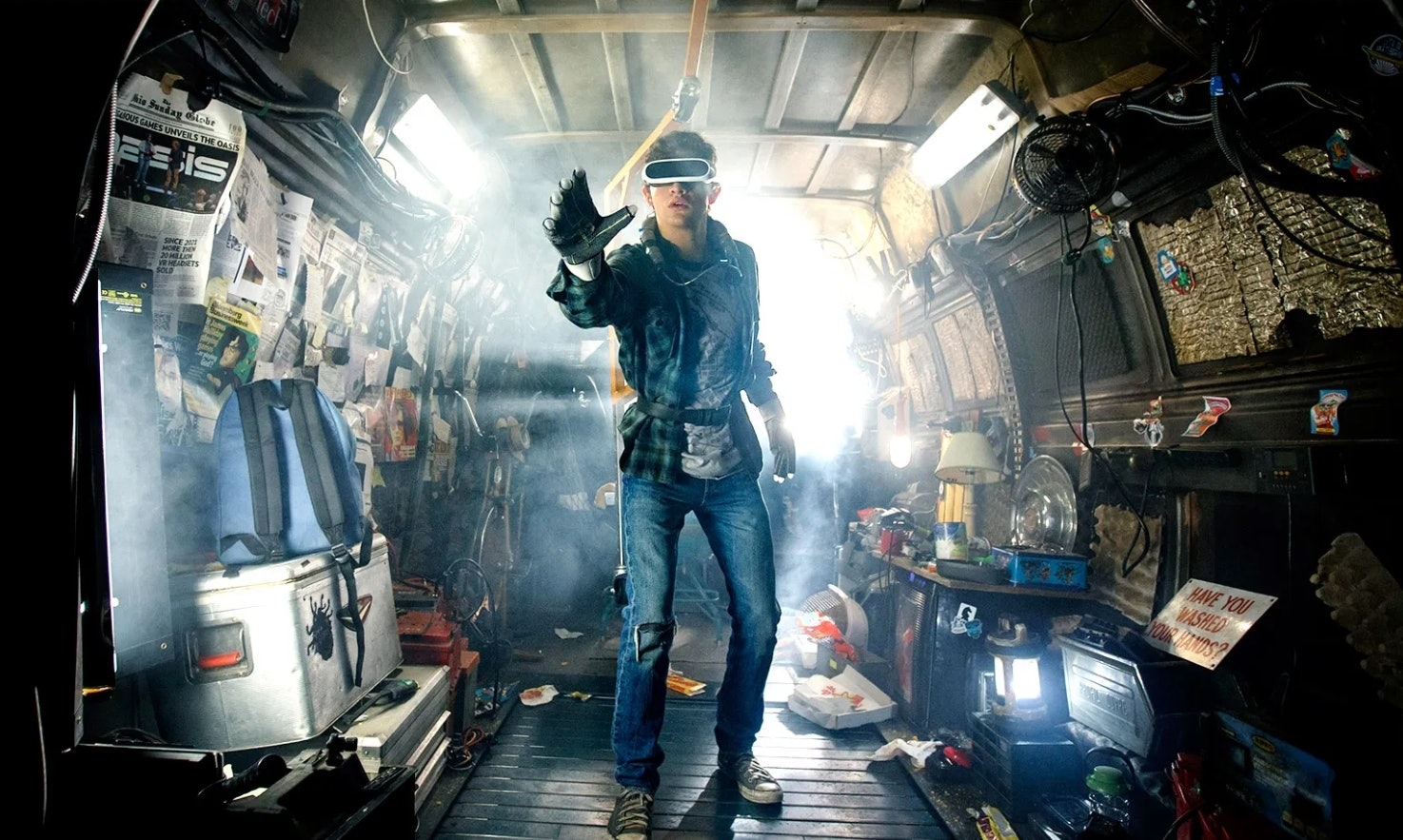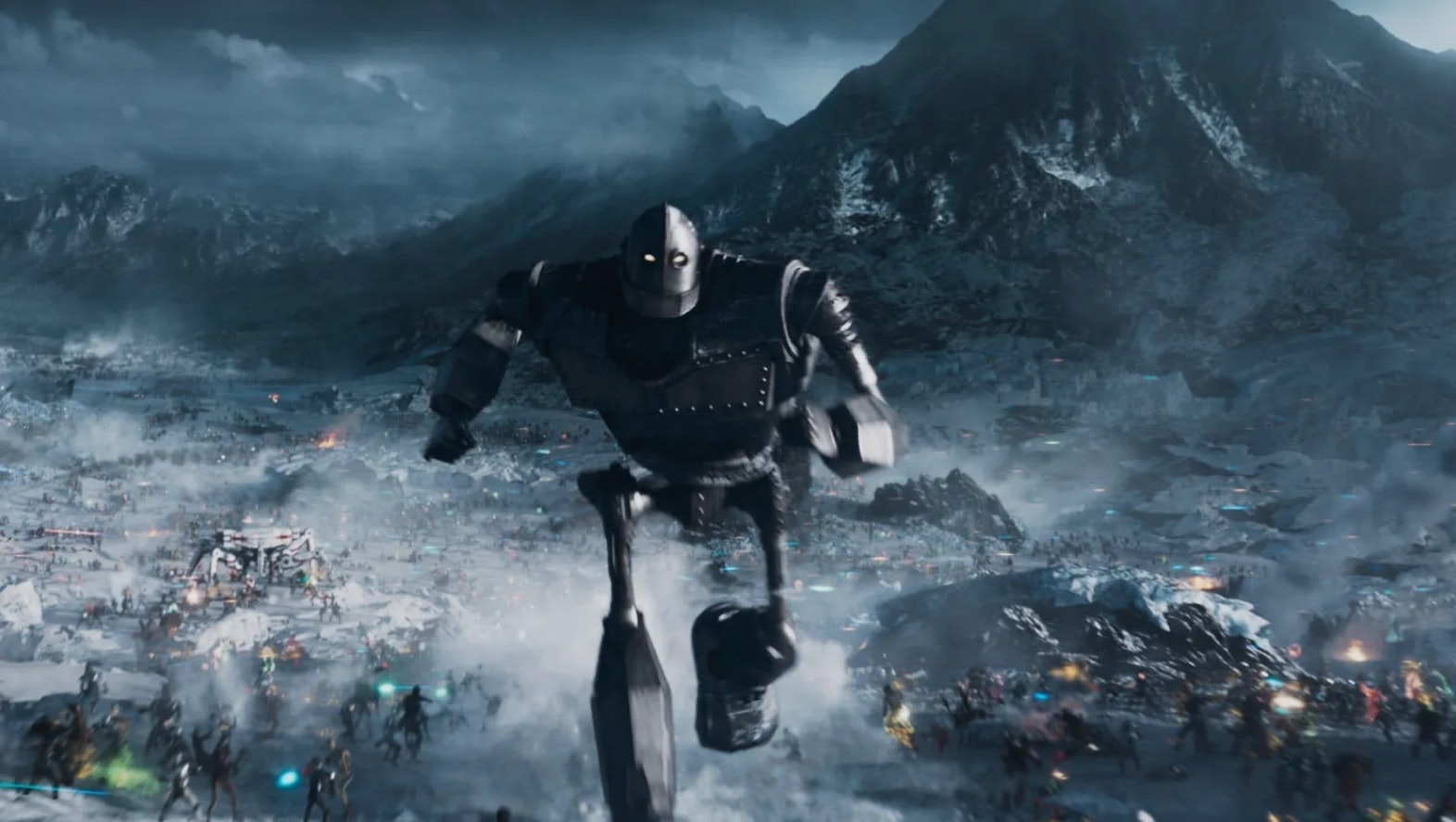
Maybe it’s the 21,000 layoffs, or the writeups that make Pripyat sound lively, or the fact that every screenshot looks like a canceled PlayStation 3 edu-tainment game, but Mark Zuckerberg’s $36 billion vision of the Metaverse isn’t living up to the sales pitch. The Metaverse was supposed to revolutionize how we live and work but, in a shocking twist, strapping on a headset so you can watch legless homunculi bumble about has not reinvented human interaction.
While “Metaverse” was coined by Neil Stephenson, its evangelists love to compare it to Ready Player One, possibly because they are unable to get through Stephenson’s books. “The Only Way to Reach A ‘Ready Player One’ Metaverse is With NFTs,” blared one incoherent headline from the heady days of 2022. In that same halcyon year, GameSpot reported, “A Ready Player One-like metaverse could become a very real thing in the not-too-distant future, according to the Facebook founder,” which is like reporting that ice cream for dinner could become a very real thing, according to a toddler.
Ready Player One was not seen as a vanguard for the Metaverse upon its 2018 release, but the property has had quite the lifecycle. Ernest Cline’s 2011 novel received largely positive reviews as a celebration of unapologetic geekdom. Then, by the time Steven Spielberg’s movie adaptation rolled around, people realized that unapologetic geekdom could be annoying, and Cline was retroactively declared a literary antichrist. A slurry of pop culture references so divorced from context that the Iron Giant is treated as a powerful weapon downgrades the story from a charming look at our past to a sign of our dumbed-down times and the angry, entitled fandoms who occupy them.
Now, the movie has embarked on a third life as a handy analogy for what Zuckerberg’s fumblings could one day become. In 2045, billions of people learn and play in the OASIS, a virtual world accessed with a VR headset, haptic suit, and treadmill so you can see, feel, and move through everything its sprawling worlds have to offer. You can also buy or win loot that changes your appearance and abilities, hence all the forced NFT analogies.
But maybe we shouldn’t be rushing toward Ready Player One’s future, given its dystopian roots. It’s not a major plot point, but it’s not subtle either. Wade Watts, our teenage hero, is one of countless Americans who uses the OASIS to escape reality. His parents are dead, his aunt and her boyfriend are abusive guardians, they live in an overcrowded trailer park, he has no social or financial prospects. Life sucks, but the OASIS doesn’t. He has friends there, and it doesn’t hurt that there’s an ongoing competition to gain control of the entire system by solving riddles left behind by its deceased founder, James Halliday.

Halliday envisioned the OASIS as an open-source paradise, but Nolan Sorrento, the CEO of web company Innovative Online Industries, wants to seize it and slather it in so many commercials it would make the modern web look restrained. To do this, he employs an army of indentured servants trapped by debt to brute-force challenges Halliday meant to be thoughtful. When the movie opens, the competition to claim the OASIS is stuck in first gear; no one can complete an apparently impossible race track. But Wade becomes an OASIS celebrity by deducing the trick to it, and Sorrento’s extreme attempts to catch him before he can save the OASIS from IOI bleed into the real world.
The riddles — and much of the OASIS — are powered by the ‘80s pop culture Halliday (and Cline) are obsessed with. King Kong and Spielberg’s own Jurassic Park dinosaurs feature in that opening race, a later challenge revolves around navigating the Overlook Hotel, and the climatic digital battle is a giant cultural roll call blended with the feverish dream of children arguing whether Goku could beat Superman. This is what critics seized on, that Cline’s work amounted to 140 minutes of slamming action figures together. But in the process — and stop me if you’ve heard this one — a Spielberg movie with an underlying current of sadness was dismissed as a mawkish spectacle.
The OASIS is a spectacle, but it comes with the implication that it takes a pretty crappy world to reduce pop culture to nothing but perpetual nostalgia. Wade saves the day and wins the trophy girlfriend, but he also learns that Halliday died sad and alone because he never put the real world before the virtual one. Ready Player One is not a deep thinker, but it is more nuanced than, “Wow, what if Mark Zuckerberg built this?” The Zuckerberg of this world is the villain, trying to grind dwindling freedoms to dust for the chance to harvest just a little more data.

You may find it a letdown to see Ready Player One declared, “Eh, fine,” but honestly, it is. It’s not going down as one of Spielberg’s classics, but it’s not the cinematic equivalent of setting Rome alight either. When divorced from the cultural debates that keep getting foisted on it, it’s a perfectly pleasant diversion with some fun action sequences and decent gags, even if you’ll occasionally want to bully our heroes. It’s never quite smart enough to realize how horrifying its world really is, but you can connect the dots yourself.
And maybe it really is an accurate portrayal of the Metaverse, in that we will always be under siege by slurp juice hawking shills. The real fantasy of Ready Player One is that it contains a foolproof way to forever rid ourselves of our obnoxious tech overlords. If only the real world was so lucky.







